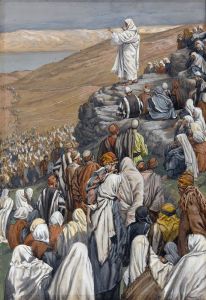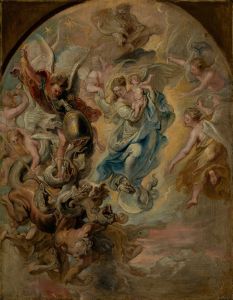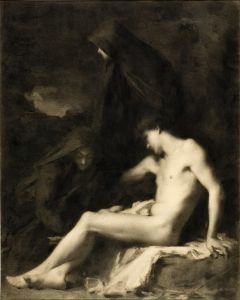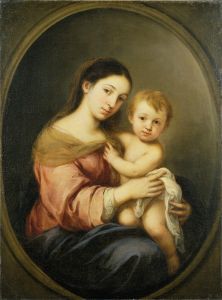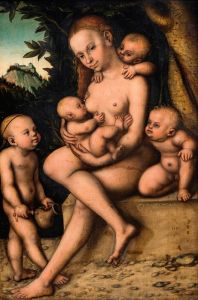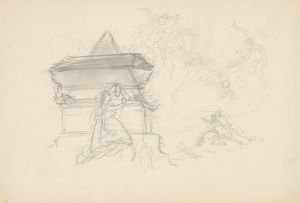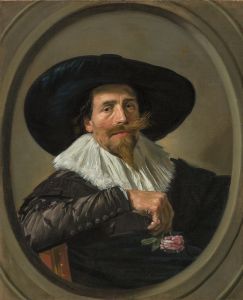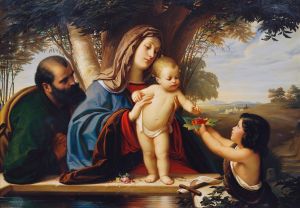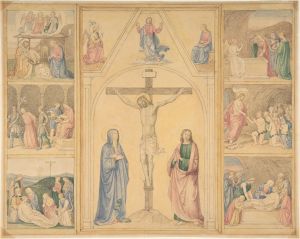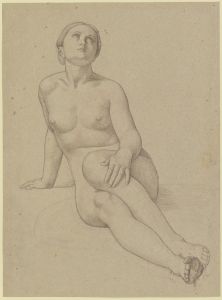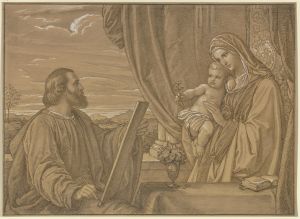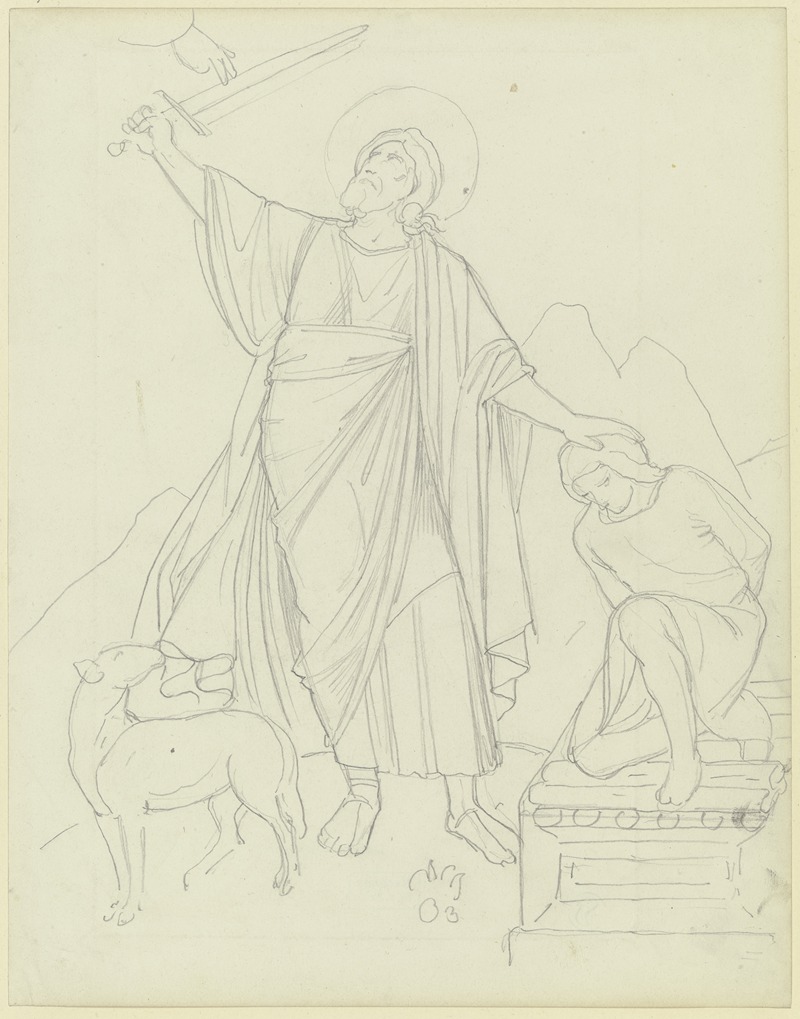
Binding of Isaac
A hand-painted replica of Eduard von Steinle’s masterpiece Binding of Isaac, meticulously crafted by professional artists to capture the true essence of the original. Each piece is created with museum-quality canvas and rare mineral pigments, carefully painted by experienced artists with delicate brushstrokes and rich, layered colors to perfectly recreate the texture of the original artwork. Unlike machine-printed reproductions, this hand-painted version brings the painting to life, infused with the artist’s emotions and skill in every stroke. Whether for personal collection or home decoration, it instantly elevates the artistic atmosphere of any space.
Eduard von Steinle (1810–1886) was a notable Austrian painter associated with the Nazarene movement, which sought to revive honesty and spirituality in Christian art. One of his significant works is "The Binding of Isaac," a painting that reflects his deep engagement with biblical themes and his commitment to the Nazarene ideals.
"The Binding of Isaac" is based on the biblical story from the Book of Genesis, where God tests Abraham's faith by asking him to sacrifice his son Isaac. This narrative has been a profound subject in art history, symbolizing themes of faith, obedience, and divine intervention. Steinle's interpretation of this story is consistent with the Nazarene movement's focus on religious and historical subjects, aiming to evoke a sense of piety and moral reflection.
Steinle's painting captures the dramatic moment when Abraham, having bound Isaac, is stopped by an angel sent by God, preventing the sacrifice. The composition likely emphasizes the emotional intensity of the scene, highlighting the expressions of both Abraham and Isaac, as well as the divine presence of the angel. This moment of divine intervention is central to the narrative, underscoring the themes of faith and redemption.
As a member of the Nazarene movement, Steinle's style would have been characterized by a return to the clarity and simplicity of early Renaissance art, with an emphasis on linearity and clear, bright colors. The Nazarenes were known for their detailed and precise approach to painting, often drawing inspiration from artists like Raphael and Dürer. Steinle's work, including "The Binding of Isaac," would reflect these influences, combining meticulous detail with a strong narrative focus.
Steinle's religious works were not only expressions of his personal faith but also part of a broader cultural movement in 19th-century Europe that sought to counteract the perceived materialism and secularism of the time. By choosing subjects like "The Binding of Isaac," Steinle and his contemporaries aimed to inspire a moral and spiritual awakening through art.
While specific details about the dimensions, medium, and current location of "The Binding of Isaac" by Eduard von Steinle are not readily available, the painting remains an important example of his oeuvre and the Nazarene movement's artistic goals. Steinle's work continues to be studied for its contribution to religious art and its role in the 19th-century revival of interest in spiritual and historical themes.
In summary, Eduard von Steinle's "The Binding of Isaac" is a testament to his skill as a painter and his dedication to the principles of the Nazarene movement. Through this work, Steinle not only depicted a pivotal biblical story but also engaged with the broader cultural and religious currents of his time, leaving a lasting impact on the tradition of religious art.





